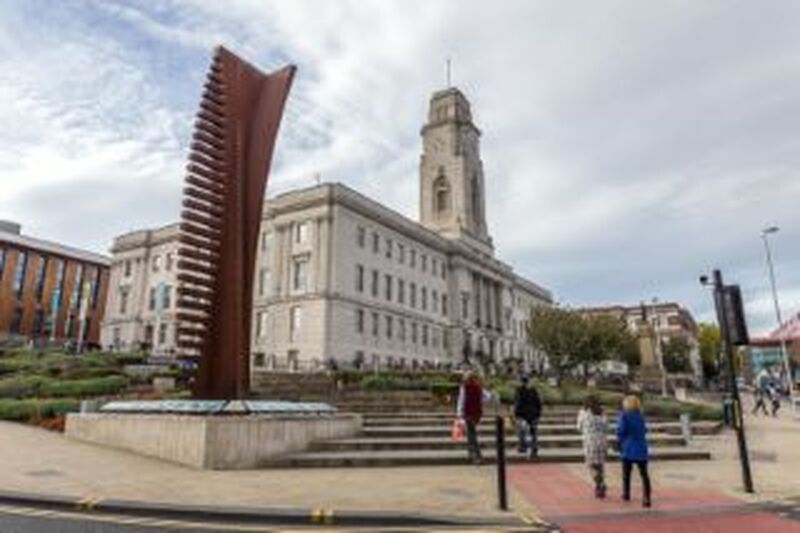MULTIPLE Barnsley Council-run departments - which are responsible for priorities including children’s services, regeneration and transport across the borough - face multi-million pound black holes due to squeezed budgets and rising workloads, the Chronicle can reveal.
The shock report, which was discussed by ruling cabinet members on Wednesday, lays bare the ‘significant’ financial pressures faced by several key local authority departments.
In the 2022/23 financial year’s penultimate quarter, there is a projected overspend of £12.1m across the board, which is set to be plugged by reserves as a ‘one-off measure’.
Directorates for children’s services, regeneration and culture, environment and transport, law and governance and finance are all set to be in the red, but the first three account for the majority of the overall shortfall.
Children’s services forecast an overspend of £7.645m, which predominantly relates to the cost of looked-after youngsters in the council’s care.
The cabinet report said: “Barnsley’s looked-after children numbers at the end of quarter three were 389 - an increase of 41 since the end of March 2022.
“While this exceeds the planned number for the year - 360 - and profiled for the period to date, movements and changes in placements due to complexity of needs is also a significant factor for the increased forecast cost.
“The increase in the number of placements in private residential children’s homes continue to exert pressure on the budget.
“This is further exacerbated by inflationary uplifts to fee amounts and the increasing number of high-tariff placements due to complexity of needs - currently there are seven placements that have a weekly cost in excess of £8,000.”
Regeneration and culture bosses predict an overspend of £3.257m in the 2023/23 financial year, cited on the ‘underachievement of commercial income’ and a £637,000 overspend on ‘cleaning, caretaking and security’.
The environment and transport department is reporting a figure of £2.583m, owing to home-to-school transport costs being the largest-single pressure, as well as targeted car parking income being almost £500,000 lower than expected to due footfall levels not recovering to pre-pandemic levels.
Also covered by the environment and transport team is the town’s street lighting and council’s vehicle fleet, both of which have fallen foul of increased energy and fuel prices to the tune of £854,000 and £182,000 respectively.
However, departments responsible for stronger communities, public health, older people, digital services, HR and communications are all underspending.
It comes just weeks after the council’s medium-term financial strategy revealed current circumstances - including recession, anticipated low levels of economic growth in the future, debt levels, inflation and increasing interest rates - are having a ‘front-loaded’ impact on its expenditure and income levels.
According to the cabinet report, it is anticipated the council will need to borrow up to £240.3m by the end of 2024/25.
“The council’s borrowing strategy is to limit its exposure to interest rate risk whilst maintaining an appropriate level of internal borrowing in order to minimise its financing costs.
“No new long-term borrowing was undertaken during the third quarter, however based on current capital plans it is anticipated that the council will need to borrow up to £240.3m by the end of 2024/25.
“The council’s investment strategy remains focused on security (loss avoidance) and liquidity, ensuring cash is available when needed to meet the council’s spending commitments.
“To reflect this strategy, officers continue to place investments in secure money market funds and instant access accounts.
“The council has also placed a significant level of short-term deposits with reputable banks and other local authorities to diversify the investment portfolio and help spread counter-party risk.”


























